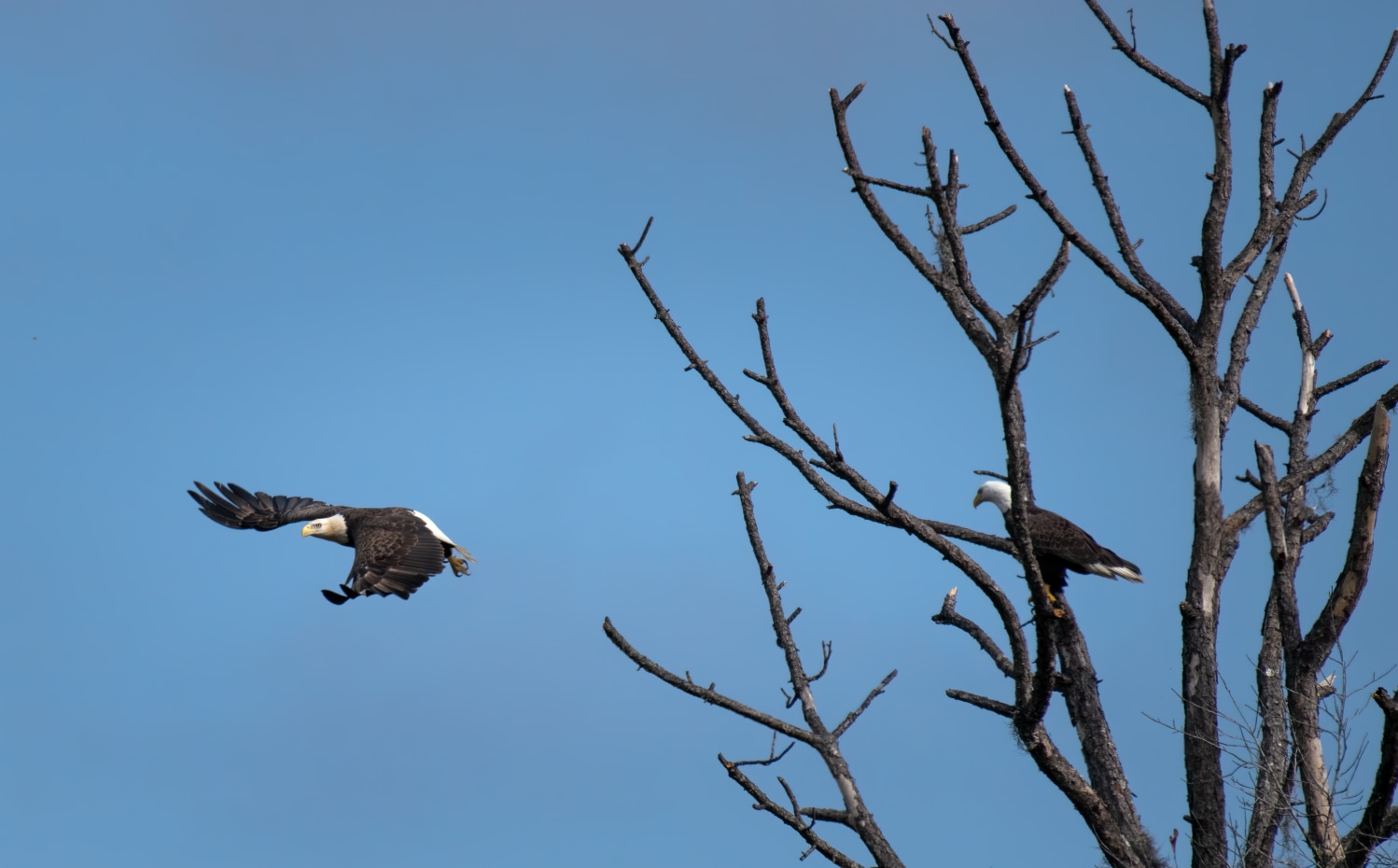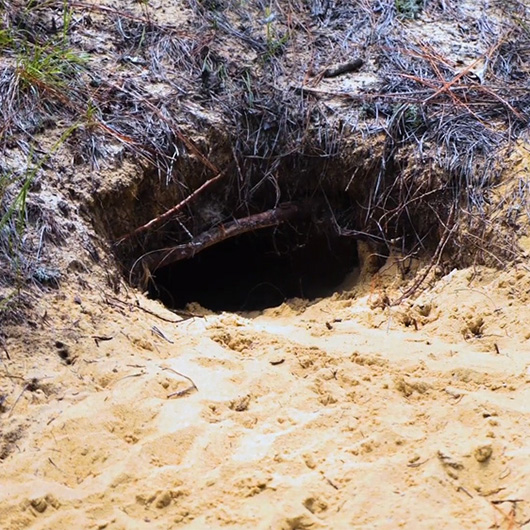Environment
Protecting Wildlife
The forest is home to many creatures, including threatened and endangered species. Foresters are trained to recognize the habitat of vulnerable wildlife so they can ensure they are protected throughout the forest lifecycle.





